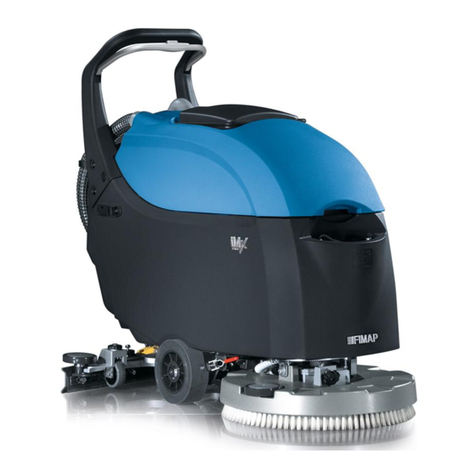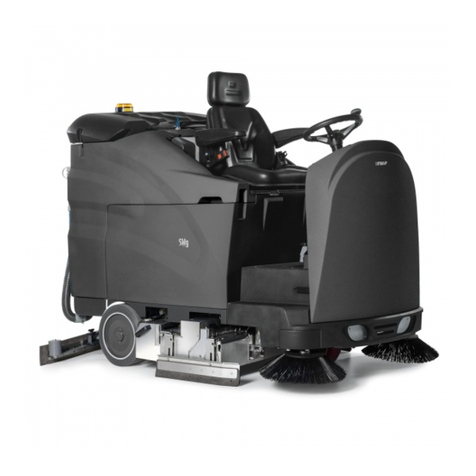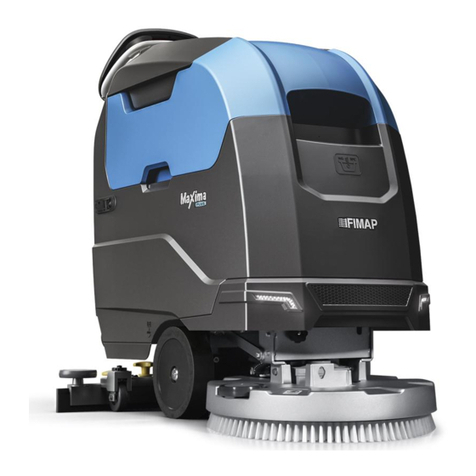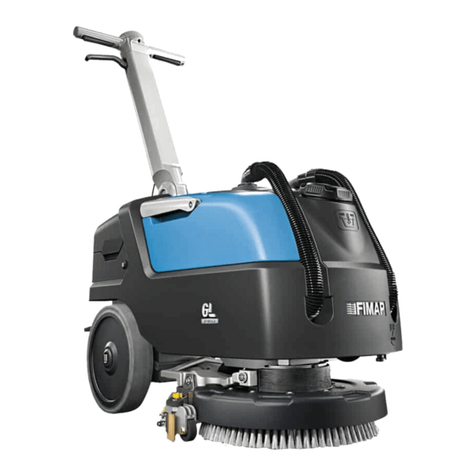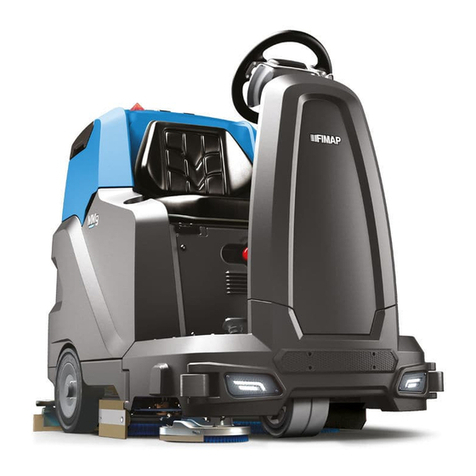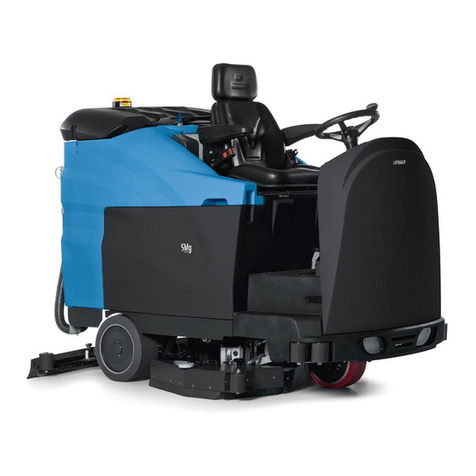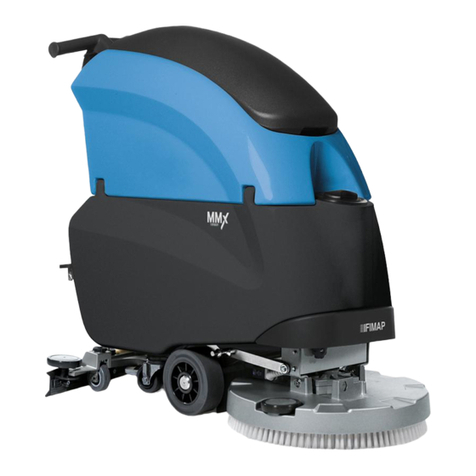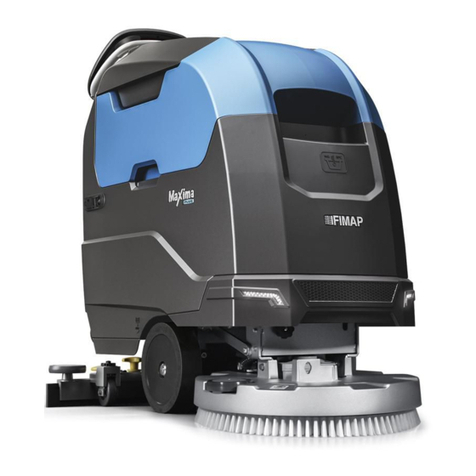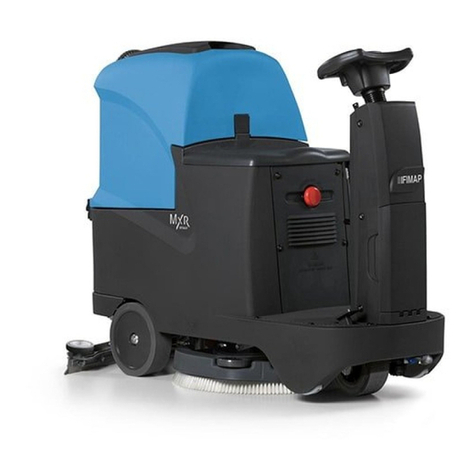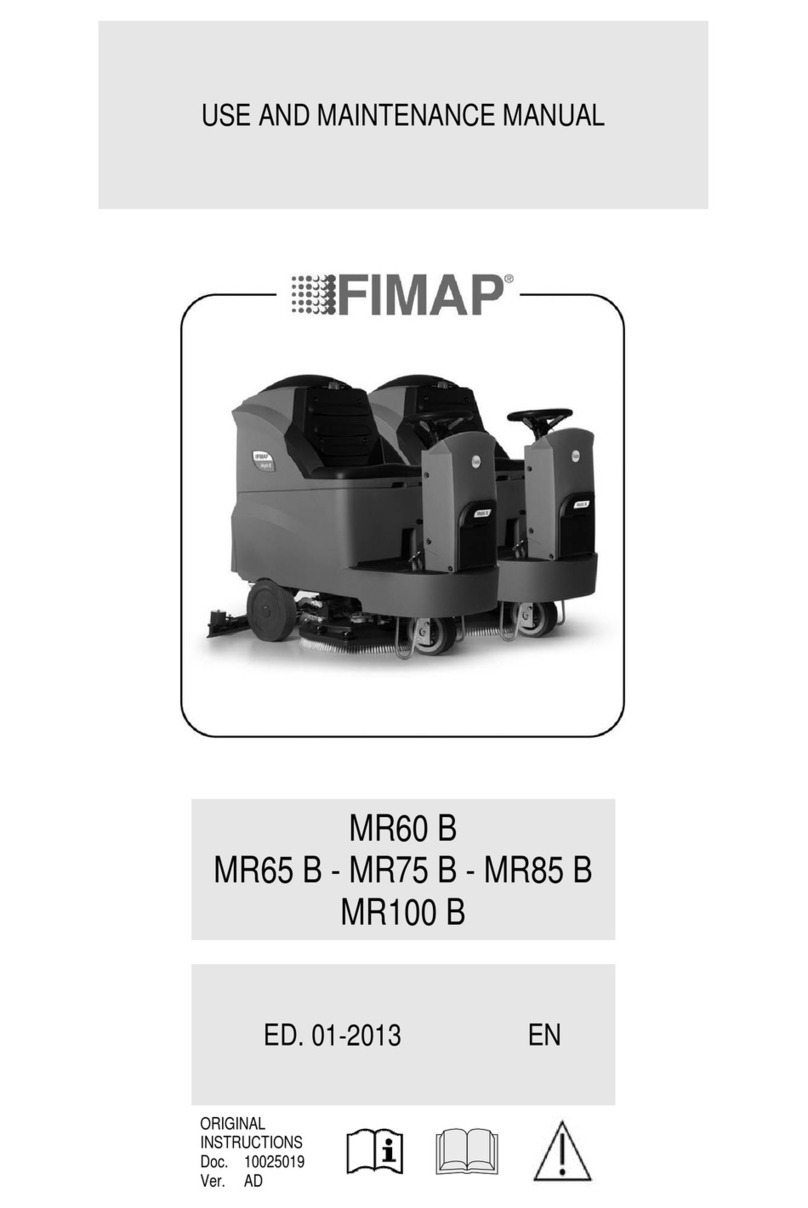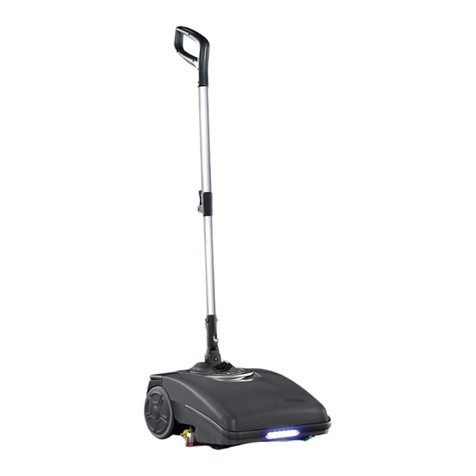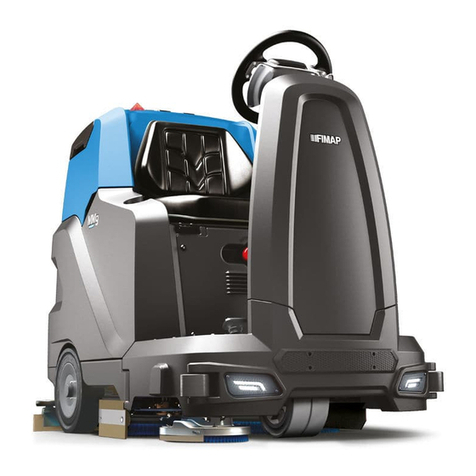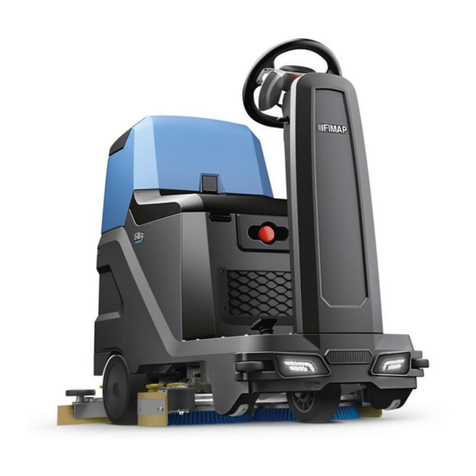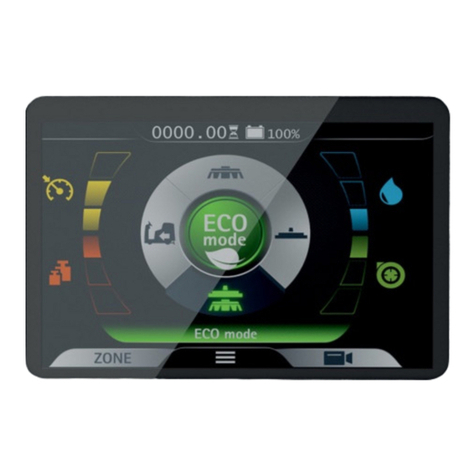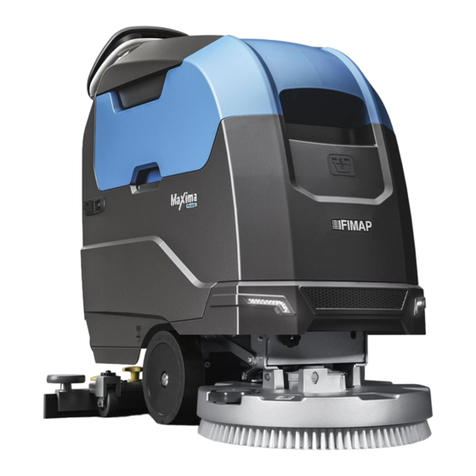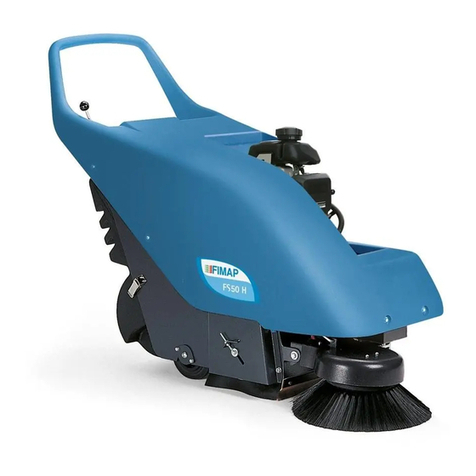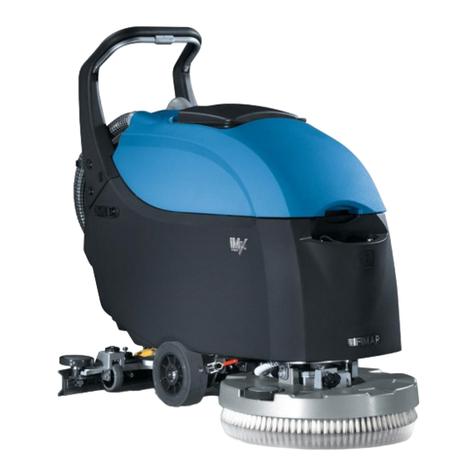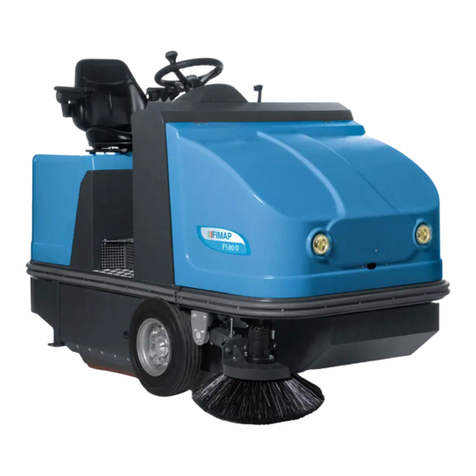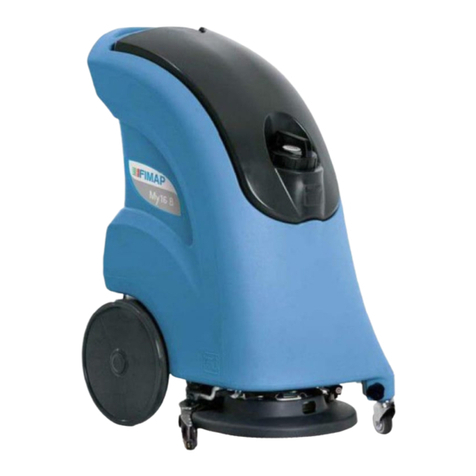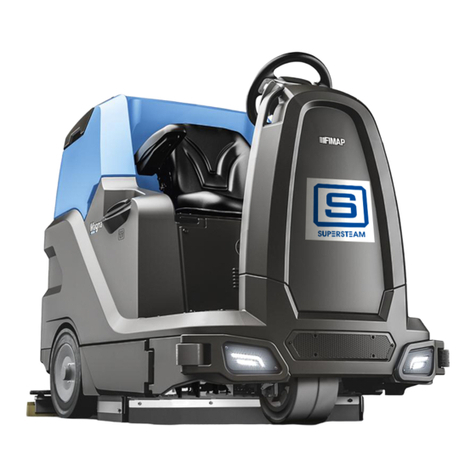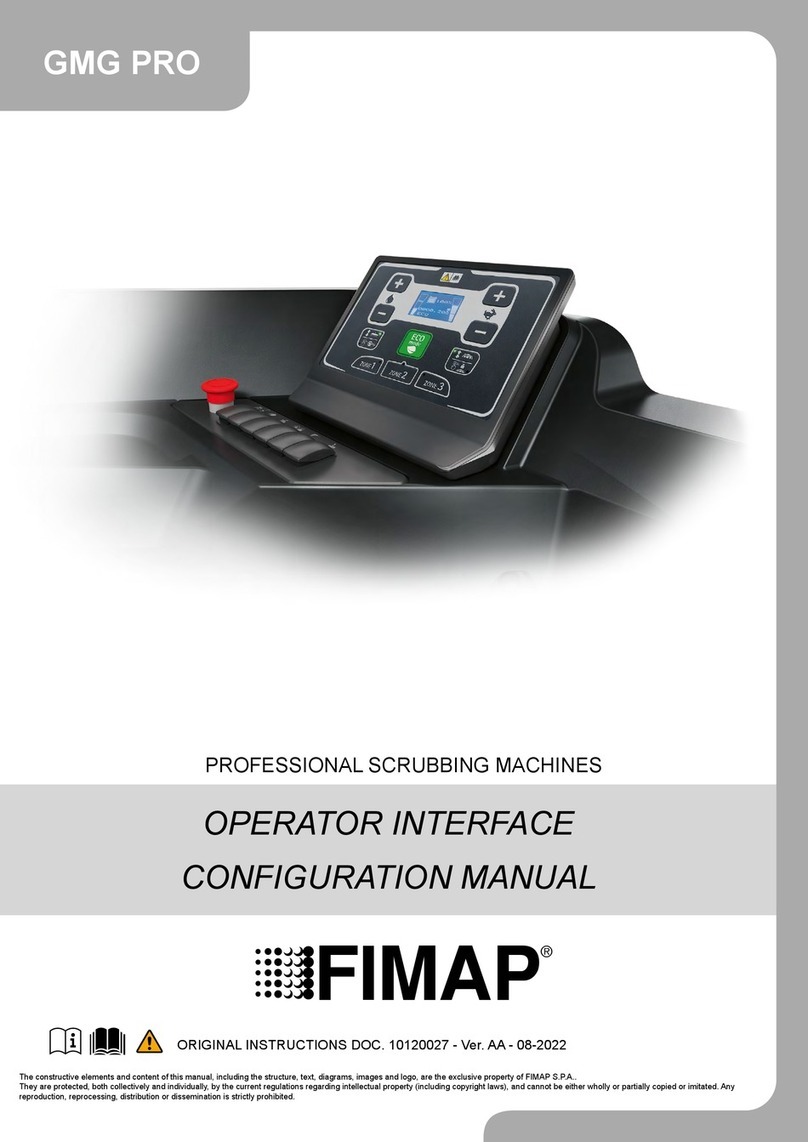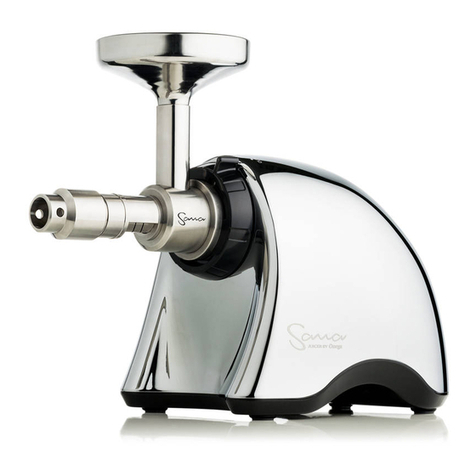3
CONTENTS
ON CONSIGNMENT OF THE MACHINE............................................................................................................................................................5
SERIAL NUMBER PLATE..................................................................................................................................................................................5
INTRODUCTORY COMMENT............................................................................................................................................................................5
INTENDED USE..................................................................................................................................................................................................5
TECHNICAL DESCRIPTION...............................................................................................................................................................................6
SYMBOLS USED ON THE MACHINE................................................................................................................................................................7
GENERAL SAFETY REGULATIONS...............................................................................................................................................................10
MACHINE PREPARATION...............................................................................................................................................................................11
1. HANDLING THE PACKAGED MACHINE.........................................................................................................................................11
2. HOW TO MOVE THE MACHINE ...................................................................................................................................................11
3. INSTRUMENT PANEL COMPONENTS ..........................................................................................................................................11
4. STEERING COLUMN COMPONENTS ...........................................................................................................................................12
5. FOOTBOARD COMPONENTS .....................................................................................................................................................13
6. SEAT SUPPORT COMPONENTS .................................................................................................................................................13
7. REAR COMPONENTS OF THE MACHINE......................................................................................................................................13
8. MACHINE'S FRONT COMPONENTS .............................................................................................................................................14
9. TYPE OF BATTERY...................................................................................................................................................................14
10. BATTERY MAINTENANCE AND DISPOSAL..................................................................................................................................14
11. HANDLING - INSERTING BATTERIES .........................................................................................................................................15
12. BATTERY CONNECTION AND BATTERY CONNECTORS...............................................................................................................16
13. CONNECTING THE BATTERY CHARGER....................................................................................................................................16
14. BATTERY CHARGE LEVEL INDICATOR (BATTERY VERSION)........................................................................................................17
15. SERVICE BRAKE – PARKING BRAKE .........................................................................................................................................17
16. WORKING FORWARD SPEED...................................................................................................................................................18
17. MOVEMENT OF THE BRUSH HEAD UNIT....................................................................................................................................18
18. INCREASING THE PRESSURE ON THE BRUSH HEAD UNIT ..........................................................................................................19
19. SOLUTION TANK ....................................................................................................................................................................19
20. FILLING THE DETERGENT SOLUTION TANK...............................................................................................................................19
21. REGULATING THE DETERGENT ...............................................................................................................................................20
22. RECOVERY TANK...................................................................................................................................................................21
23. ASSEMBLING THE SQUEEGEE.................................................................................................................................................21
24. ADJUSTING THE SQUEEGEE INCLINATION................................................................................................................................21
25. ADJUSTING THE SQUEEGEE HEIGHT .......................................................................................................................................21
26. ASSEMBLING THE BRUSHES ...................................................................................................................................................22
27. SAFETY BELT INSERTION .......................................................................................................................................................22
28. PRIMING THE DETERGENT PUMP............................................................................................................................................23
WORK ...............................................................................................................................................................................................................24
29. WORK...................................................................................................................................................................................24
30. BRAKING SYSTEM OIL LEVEL ..................................................................................................................................................25
31. CHOPPER CIRCUIT BOARD FAULT ...........................................................................................................................................25
32. SOLUTION TANK EMPTY .........................................................................................................................................................25
33. BRUSH HEAD MOTOR UNDER PRESSURE.................................................................................................................................25
34. MOVEMENT OF THE BRUSH HEAD UNIT....................................................................................................................................25
AT THE END OF THE WORK...........................................................................................................................................................................26
35. AT THE END OF WORK............................................................................................................................................................26
DAILY MAINTENANCE ....................................................................................................................................................................................27
36. CLEANING THE SUCTION MOTOR FILTER .................................................................................................................................27
37. CLEANING THE RECOVERY TANK ............................................................................................................................................27
38. CLEANING THE SQUEEGEE.....................................................................................................................................................28
39. CLEANING THE SOLUTION TANK FILTER...................................................................................................................................28
WEEKLY MAINTENANCE................................................................................................................................................................................29
40. CLEANING THE SUCTION HOSE ...............................................................................................................................................29
41. CLEANING THE SOLUTION TANK..............................................................................................................................................29
42. DETERGENT TANK CLEANING .................................................................................................................................................30
